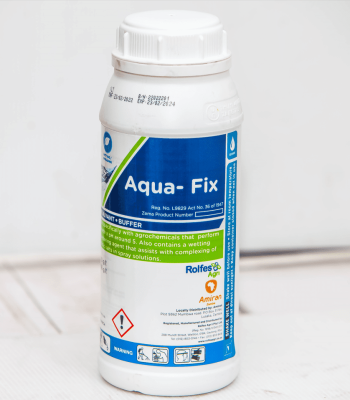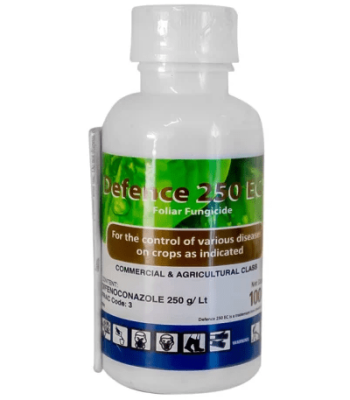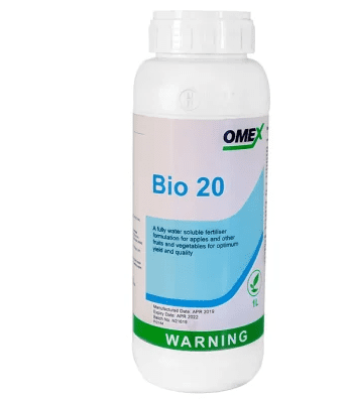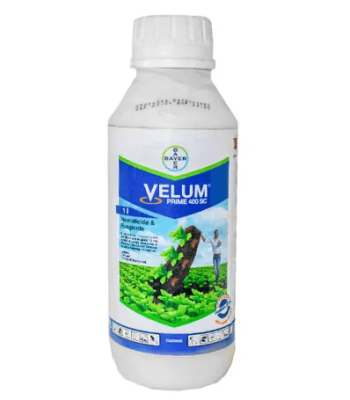
Our Locations in Africa
Our subsidiaries in Africa are located in Kenya, Uganda, Tanzania, Rwanda, Ethiopia, Nigeria, Ghana and Zambia.
Click on a subsidiary company logo below to get to the country website.










Home / Agribusiness / Chemicals
Chemicals
We provide our farmers with a wide range of herbicides, pesticides, insecticides and fungicides that are fully registered with ZEMA and compliant with local and international standards. Additionally, we are an active member of CropLife Africa. Our agro-chemical range covers various crops such as vegetables, maize, citrus, wheat, soybeans, tobacco and many more, catering for all types of farming systems and reducing the risk of plant diseases.
NB: Fungicides can be Preventive or Curative or both.
Fungicides are further categorized into:
Fungicides
Fungicides A fungicide is a specific type of pesticide (chemical or biological in origin) that controls fungal disease by inhibiting the growth of fungal spores or killing the fungus causing the disease.
One fungal disease can affect more than one crop, and similarly, one crop can be affected by more than one fungal disease. Different crops are also affected by different fungi. NB: Fungicides can be Preventive or Curative or both. Fungicides are further categorized into:
Contact fungicides
These are not taken up into the plant tissue, and protect only the area where the spray is deposited.
Translaminar fungicides
They redistribute the fungicide from the upper sprayed leaf surface to the lower, unsprayed surface.
Systemic fungicides
These are taken up and redistributed through the xylem vessels. Some are locally systemic, and some move upwardly.
Insecticides
Insecticides are agents of chemical or biological origin used to control insects by:
• Killing them
• Deterring them from feeding
• Preventing undesirable or destructive insect behavior
They are classified according to the method of application and by the way they enter the insect’s body. Many insecticides take effect in more than one way and target more than one insect.
Stomach insecticides
These are applied on the surface of plants or are added to the bait. The insecticide is eaten along with the food material by insects that chew such as caterpillars.
Contact insecticides
These are sprayed or dusted on the insect’s body. The poison is absorbed through the body wall. Most soft-bodied insects are vulnerable to contact insecticides.
Fumigants
These are insecticidal gases. Insects that lurk out of reach of sprays are killed when they breathe the gas. In addition, the soil may be fumigated to destroy grubs or wire worms that attack.
Residual insecticides
These are applied to foliage and they have a long lasting effect as they remain on the surface for a longer time. Insects absorb deadly doses by touching the poisoned surface.
Systemic insecticides
These are absorbed by plant tissues, so that when insects feed on the sap they are controlled.
Herbicides
Herbicides are chemicals used to kill or inhibit the growth of undesirable vegetation like weeds or invasive species. Some herbicides act by interfering with the growth of the weeds and are often synthetic mimics of natural plant hormones. They can be foliage applied or soil herbicides.
Contact herbicides kill only the plant organs with which they are in contact while translocated herbicides are effective against roots or other organs; to which they are transported from above ground treated surfaces (soil). Herbicides are applied either:
• Pre-emergence – This is the killing of weeds shortly after they germinate or emerge through the soil surface.
• Post-emergence – This is the control of weeds that are already growing and easily visible.
Commonly known as weed-killers, herbicides are categorized into two:
Selective herbicides -They kill specific weed targets, while leaving the desired crop relatively unharmed.
Non – Selective herbicides – These herbicides kill all plant material that they come into contact with.
We provide our farmers with a wide range of herbicides, pesticides, insecticides and fungicides that are fully registered with ZEMA and compliant with local and international standards. Additionally, we are an active member of CropLife Africa. Our agro-chemical range covers various crops such as vegetables, mai…
Gallery





